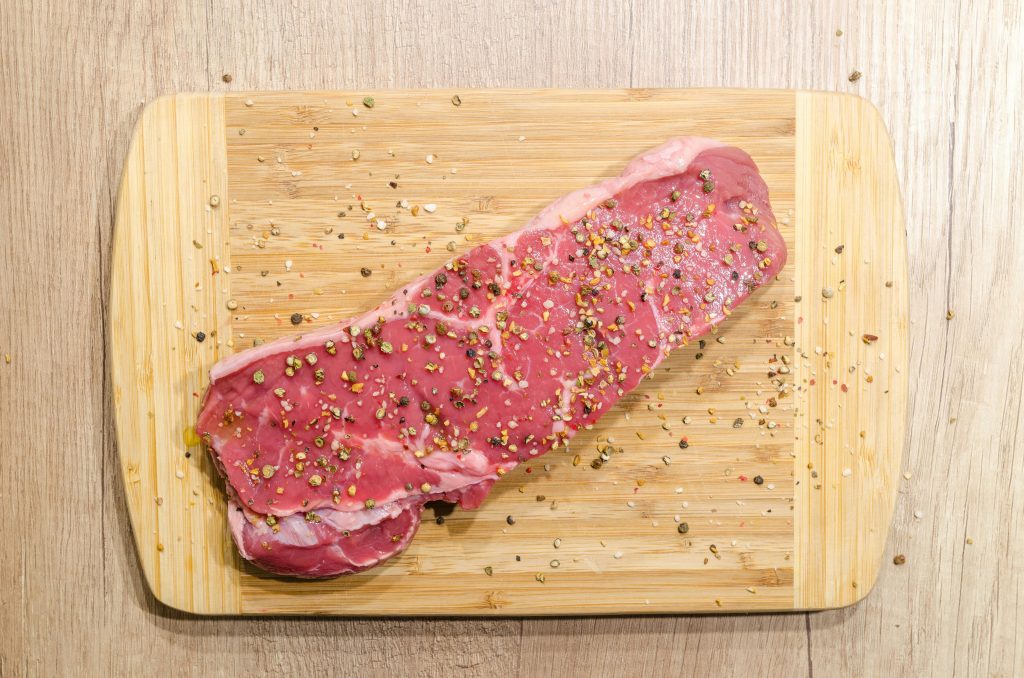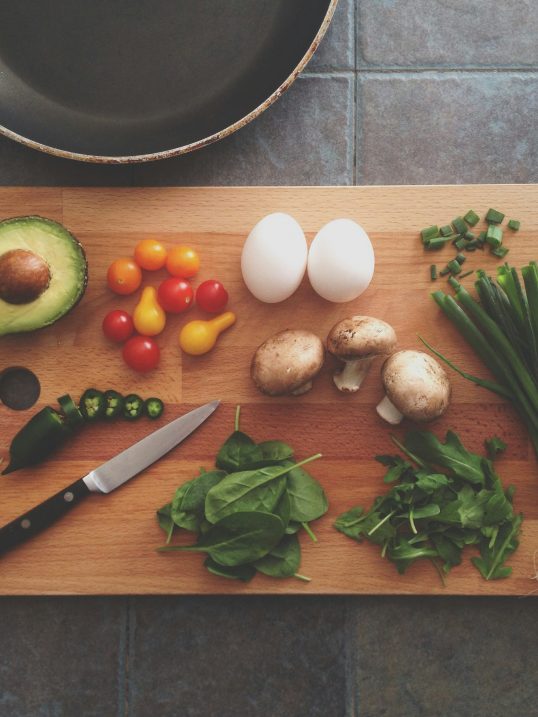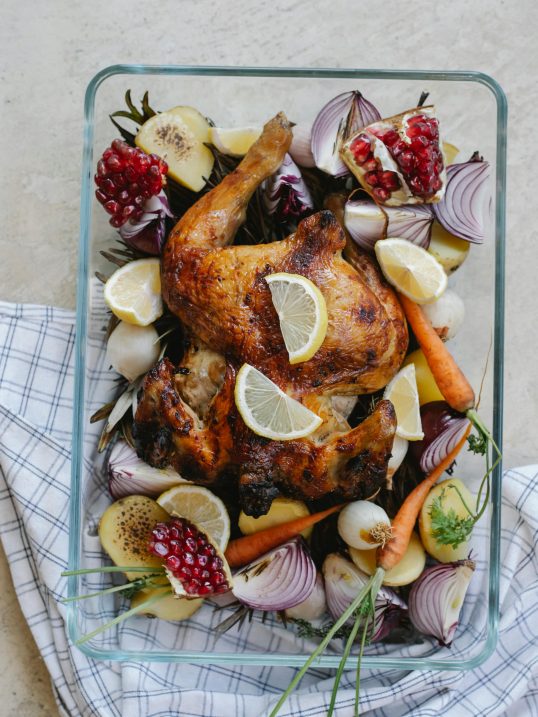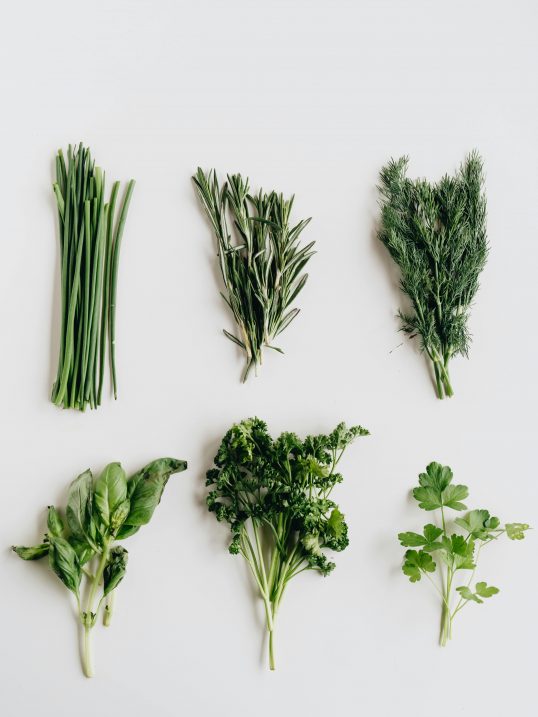One of the common problems faced when cooking steak is to reach that perfect balance of tenderness vs bite. Although this could differ for different people, we can all tell when a steak is too chewy to be palatable.
Whether you are preparing steak for the first time or trying a different cut of steak to switch things up, there are a few best practices you can follow to ensure the most delicious results possible.
In this article, we will identify the top reasons for a chewy steak and discuss our no-fail tips from selecting a marinade and prepping the meat to resting and slicing the steak correctly.
Let’s get started.
Why Is My Steak Chewy?
After all the effort you put into purchasing a great cut of steak and cooking it to perfection, it can be disheartening to take the first bite and discover the texture is anything but perfect. We’ve been there, too.
However, as with most things, there is a learning curve to mastering the perfect steak. Following a few dos and don’ts coupled with hands-on experience will help you get your steak game right.
Cut of Meat
Not all cuts are equal. In an earlier blog, we discussed in detail the various cuts of steak and the best cuts of steaks for different purposes.
In a nutshell, cuts taken from well-exercised muscle groups of an animal have tougher meat whereas, ones from less-used areas are generally tender and have better fat marbling.
However, it’s the tougher cuts that often carry a bold, beefy flavor and are best enjoyed without too many seasonings. In the case of beef, flank, skirt, and top sirloin are some steaks that fall into this category.
Overcooking tougher cuts of meat causes them to dry out and become rubbery. To prevent this, you should cook the steak at high temperatures for shorter periods; this breaks down the muscle fibers while retaining moisture.
Tougher cuts are best-enjoyed medium-rare.
You Didn’t Rest the Meat
It can be tempting to slice up a steak right after you take it off the grill. That way, it can cool down faster and you can get to your meal sooner. Right?
Wrong.
Cutting up the steak causes all the flavorful juices to ooze out, which results in dry, chewy meat. On the other hand, resting the steak for a couple of minutes (around 10-15) after you take it off the grill allows the juices to be redistributed within the meat and locked in the fibers.
This top tip ensures your steak stays moist, juicy, and flavorful irrespective of the type of cut.
Read More: What to Do with Leftover Steak
Sliced the Wrong Way
Ever heard of the term ‘grain of meat’? The grain refers to the direction in which muscle fibers run in a piece of meat.
It is easy to identify the grain of a cut with pronounced muscle fibers, such as in a flank, skirt, or sirloin steak.
Why is it important to know the grain of meat? Because this is significant when it comes to slicing the meat correctly. This in turn affects how tender or chewy your steak turns out.
To slice a steak correctly, you need to hold your knife perpendicular to the grain of the meat before cutting through. What this does is shorten the muscle fibers in the meat, making it easier for you to chew.
Cutting along the grain leaves the muscle fibers intact, so your jaw muscles must work harder to break up the meat.
Read More: How to Reheat Steak
Too Much Acid in Your Marinade
When it comes to tougher cuts, you must marinate the meat with a mix of an acidic ingredient and herbs or seasonings. The acid in a marinade denatures or breaks down the muscle proteins, resulting in a tender bite.
However, adding too much acid to your marinade could produce the opposite effect: a high acid content can toughen the meat and in some cases, chemically “cook” the meat, making the steak mushy and unable to hold shape.
The ideal ratio of acid to oil/fat in a marinade is 1:3, which means one part acid to three parts fat.
It is also important to remember that marination is key to tenderizing tough meat cuts, such as flank and chuck, whereas, you could skip this altogether for leaner cuts such as tenderloin (filet mignon) or well-marbled cuts such as ribeye.
Aging Process
Aging is another technique used to tenderize tough cuts of meat by storing them in optimal conditions under refrigeration for several days at a stretch. Dry aging allows enzymes in the meat to slowly break down the connective tissue or collagen, tenderizing the meat in the process.
Dry aging is a time-consuming, expensive, and slightly risky process, which is why only high-end steakhouses or butcher shops invest in it. It is uncommon to find dry-aged cuts of meat in retail stores across the U.S.
Another aging technique that has gained popularity is wet aging. This is done by placing the meat in vacuum-sealed bags. Wet aging achieves the desired level of tenderization much quicker and at a lesser cost. Wet-aged meat cuts are widely available in retail stores and butcher shops.
When possible, opt for wet-aged cuts of meat for a tender steak.
How to Tenderize Steak
Let’s look at some tried and tested techniques to tenderize steak so you can cook a steakhouse-worthy meal, tough cut or not.
Create a Good Marinade
A good marinade does more than tenderize meat: it allows the flavors in the marinade to permeate inside the meat without adding any moisture. This is ideal for those who like a steak that has a nice crust on the outside and is moist within.
Although all marinades include an acid component, fat, and seasonings, not all marinades work similarly, so it is important to know the differences.
Vinegar and citric acid-based marinades are stronger than lactic acid marinades (yogurt or buttermilk); as such, you want to marinate your steak in stronger acids only for a short time. 30 minutes – one hour is ideal.
On the other hand, you can safely marinate your steak in a buttermilk/yogurt marinade overnight.
Allowing steak to marinate for too long could have adverse consequences, so this is something to avoid.
Use Tools
A meat mallet is a great tool to tenderize meat. You want to gently pound the surface of the steak without flattening it out. This breaks the muscle fibers down, producing a tender steak.
Don’t have a meat mallet? No problem! Use the back of a heavy-duty cast iron pan or your fists to do the job.
Slice Against the Grain
This is an absolute must for tougher steaks. To slice against the grain, identify the direction of muscle fibers in a steak and place your knife perpendicular to it.
Hold the knife at a slight bias to the cutting board and slice through the meat in back-and-forth motions.
You also want to slice the steak as thinly as possible for the most tender results.
Make Sure to Rest the Steak
Meat proteins contract on exposure to heat. Allowing the steak to rest between 10-15 minutes after cooking relaxes the meat proteins, which in turn enables them to absorb and hold on to the juices inside.
Resting the steak before slicing or serving is a best practice for all types of steak.
Try a Different Cut or Cooking Style
If your steak still turns out chewy despite following these best practices, try a different meat cut or cooking method.
Tenderloin and flat iron steaks are some of the most tender cuts of meat available. As such, they are more forgiving if overcooked for a bit, unlike flank, skirt, or hangar steaks.
To prevent the latter from turning chewy, these tough cuts must be pulled off the grill before they are fully done. This is because a steak continues to rise in temperature and cook for several minutes after it is taken off the heat.
For such steaks, the best way to maintain moisture and prevent chewiness is to cook them at high temperatures for shorter times.
Well-marbled cuts, such as ribeye or top sirloin, must be cooked at lower temperatures for a longer time to allow the fat and connective tissue to melt, resulting in a tender and juicy bite.
Cuts from the chuck primal (shoulders and neck) are ideal for stewing.
Read More: Prime Rib vs Rib Roast
Insider’s Insight
If your steak is chewy, it could be due to choosing a tough cut, overcooking, not resting the meat, or slicing it incorrectly.
To fix this, use a meat mallet to tenderize the meat and marinate tougher cuts in an acidic marinade before you start cooking. Take the steak off the heat before it is fully done and allow it to rest for 10-15 minutes after cooking. Finally, slice it thinly against the grain.
Remember not all meat cuts are suitable for grilling or pan-searing, so experiment with different cuts and cooking methods for the best results.






